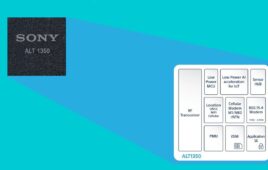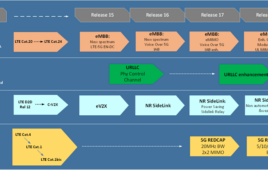Twenty percent of the 35 advertisers in this year’s Super Bowl have incorporated crowdsourcing into their ad campaigns. The Old G in Super Bowl crowdsourcing, Doritos, is back again, and the brand is joined by Pepsi, Coca-Cola, Pizza Hut, Lincoln, Audi, and newbie, Dunder Mifflin.
The Super Bowl spots cost an average $3.5 – $4 million each, with some brands placing multiple spots throughout the game. At that price, and in this economy, brands need to get their money’s worth. While simply advertising at the Super Bowl brings visibility to over 111 million viewers, as well as buzz to your brand, extending the buzz for several weeks before and after is the only way to achieve campaign ROI. According to Nielsen, 50% of Super Bowl viewers tune in specifically to watch the brands, but evidence that the brands impact sales has been dubious over the years.
As the name implies, crowdsourcing represents the act of a company taking a function once performed by employees and outsourcing it to an undefined network of people via an open call. To be effective, the network must be large. Crowdsourcing isn’t new, but social media channels like Twitter and YouTube have given it an advertising renaissance. While a business can outsource the final result to the crowd, it’s important to remember that crowdsourcing isn’t the same as outsourcing. There are still significant resources that must be applied to produce the open call, generate interest, evaluate submissions, and announce winners.
Last year, when Coca-Cola released their Polar Bear spot, they admittedly overlooked the opportunity to extend the campaign’s reach via social media. They have corrected course in 2013, and are going head-to-head with Pepsi. Both beverage brands have released crowdsourced content during the game. Pepsi may have the upper hand, because their spot is airing user-submitted photos during the Beyonce half-time show, while Coca-cola is pushing their high concept “Mirage” campaign, which has a more complex arc and requires a bigger commitment from audience members to stay engaged.
Before any brand embarks on a crowdsourcing campaign, consider the pros and cons:
|
Pros |
Cons |
|
Extends the value of the investment in the super bowl ad Increases personal investment in the ad on the part of participants High social and shareable value Increase pre-game buzz |
Puts your brand in the hands of your customers, who are not clued into your product roadmap or future plans Losing its novelty. Possibly jumping the shark this year. Requires additional marketing budget User submitted content may contain trademarked language or other hazards, rendering great ideas useless. |
It’s critical to consider the complexity of your brand positioning if you are going to hand your brand message over to the public. Doritos fans simply need to articulate, “Doritos taste good.” Will Audi have the same success with a more complex message?
Predictions for this year’s crowdsourced campaigns:
Doritos: this crowdsourcing pioneer is revisiting its “Crash the Super Bowl” campaign for the sixth year in a row. It’s become a familiar favorite, but the audience’s appetite for a repeat next year will hinge on the quality of the winning submission. In this case, Doritos has thoroughly handed its brand over to its consumers, and the Super Bowl ad is the ultimate trust fall.
Pepsi: The use of user-submitted images during the half-time show with Beyonce teeters on the line of user-submitted content and true crowdsourcing. It’s an easy campaign to participate in, and the timing of its release is predictable enough that audience members will stay tuned in. It doesn’t exactly break any new ground, but it’s simple and fun.
Coca-Cola: The “Mirage” spots follow three different teams as they pursue a mirage of a Coke bottle in a hot desert. Coca-Cola has a massive social following, so even “weak” response will deliver enough content to make the spots effective. The drama of the race may be overshadowed by the excitement of the game.
Pizza Hut: The call to action for this campaign is simple: Submit videos that use the phrase, “hut hut hut” – it’s a terrific tie in to the game, and easy to participate in. Pizza Hut will show 18 clips as part of a campaign to take maximum advantage of “the big game.”
Lincoln: This brand is shaking up their stodgy image by airing humorous dramatizations of tweets regarding wacky road trips taken in a Lincoln. There will be enough elements of surprise that we expect viewers to stay tuned. This could be an important step in Lincoln’s efforts to reenergize their brand.
Audi: Audi kept the campaign simple and the risk low by allowing fans to vote on three different ads, with the ultimate choice being aired during the game. The stakes are so much lower than even the Doritos campaign, that it will be tough for the crowdsourcing gamble to pay off in any measurable way.
Dunder Mifflin: This paper company, named after the fictional paper company on “The Office” is going to garner curiosity simply by the odd nature of their brand. Dunder Mifflin has actually partnered with a crowdsourcing platform, Tongal, to create the spot, which will air in Scranton. This one is weird enough that people will likely be talking about it on Monday.
It’s important to note that crowdsourcing is most effective for brands with well-established social channels. Brands should not use crowdsourcing to establish a social community; it’s best to build momentum within an existing and engaged community.




